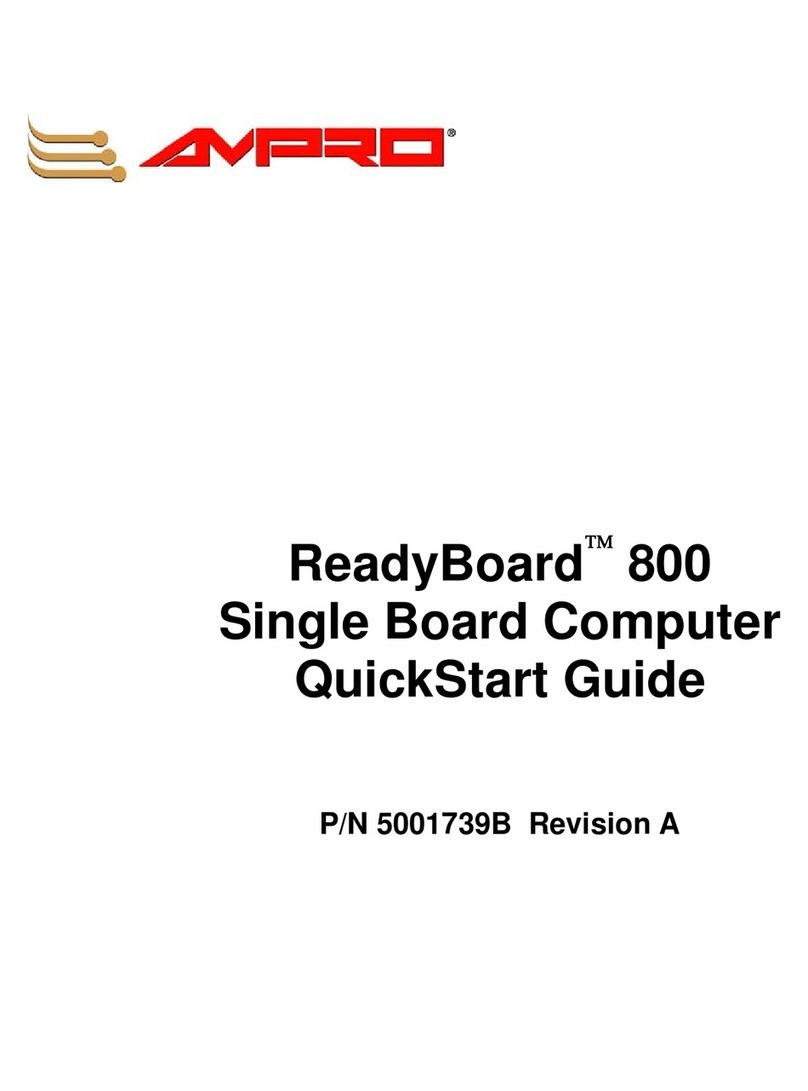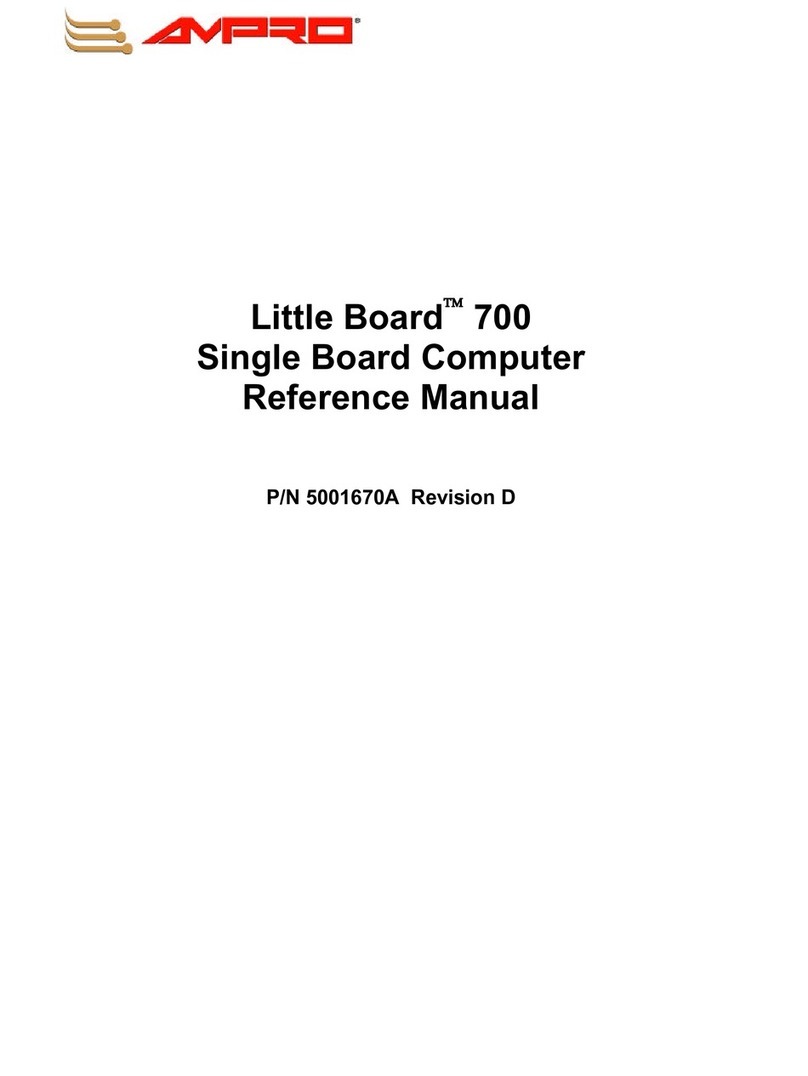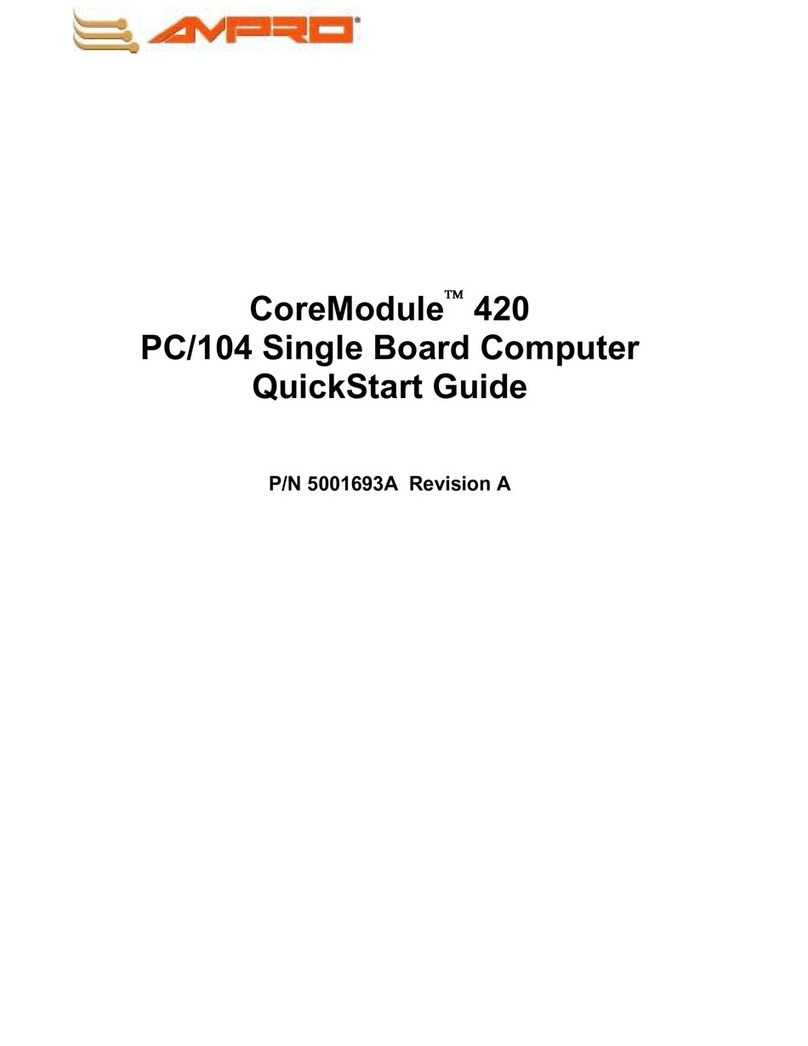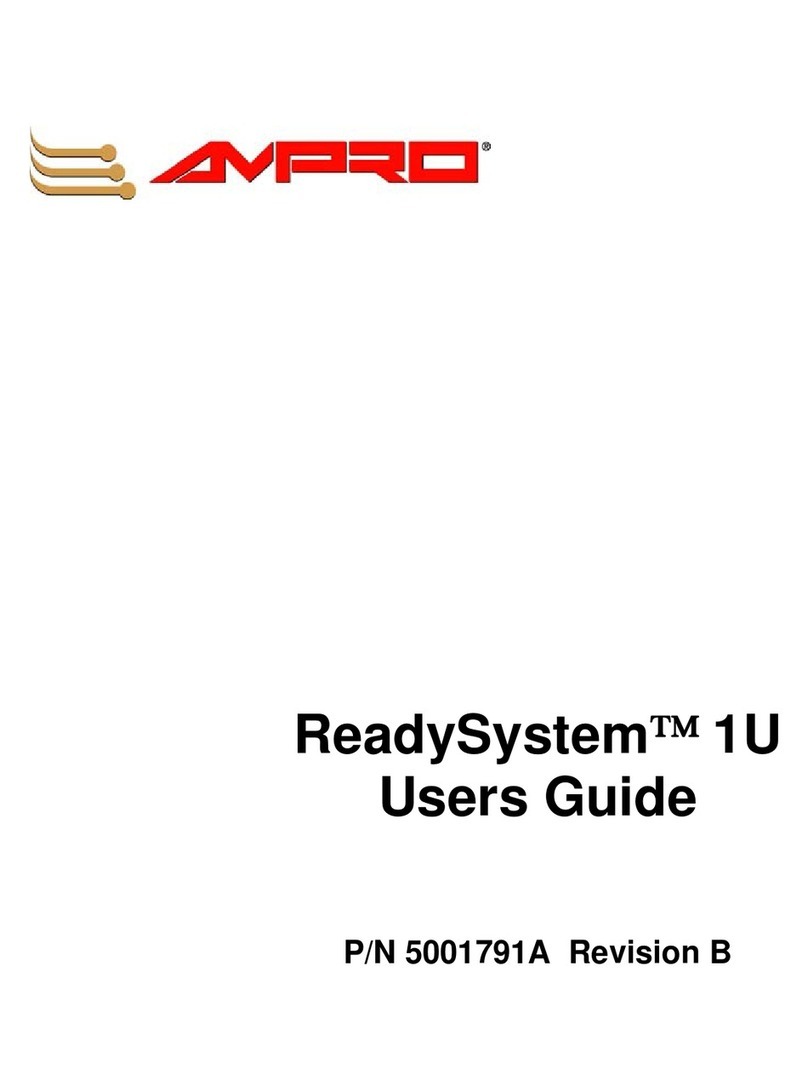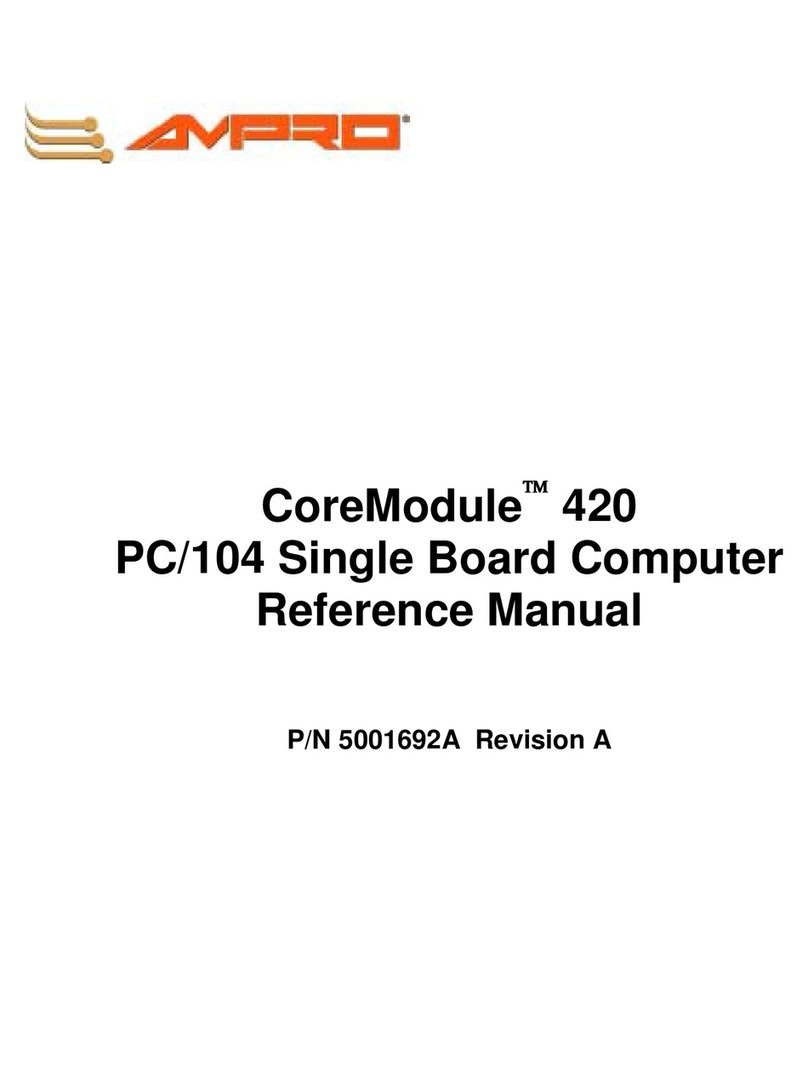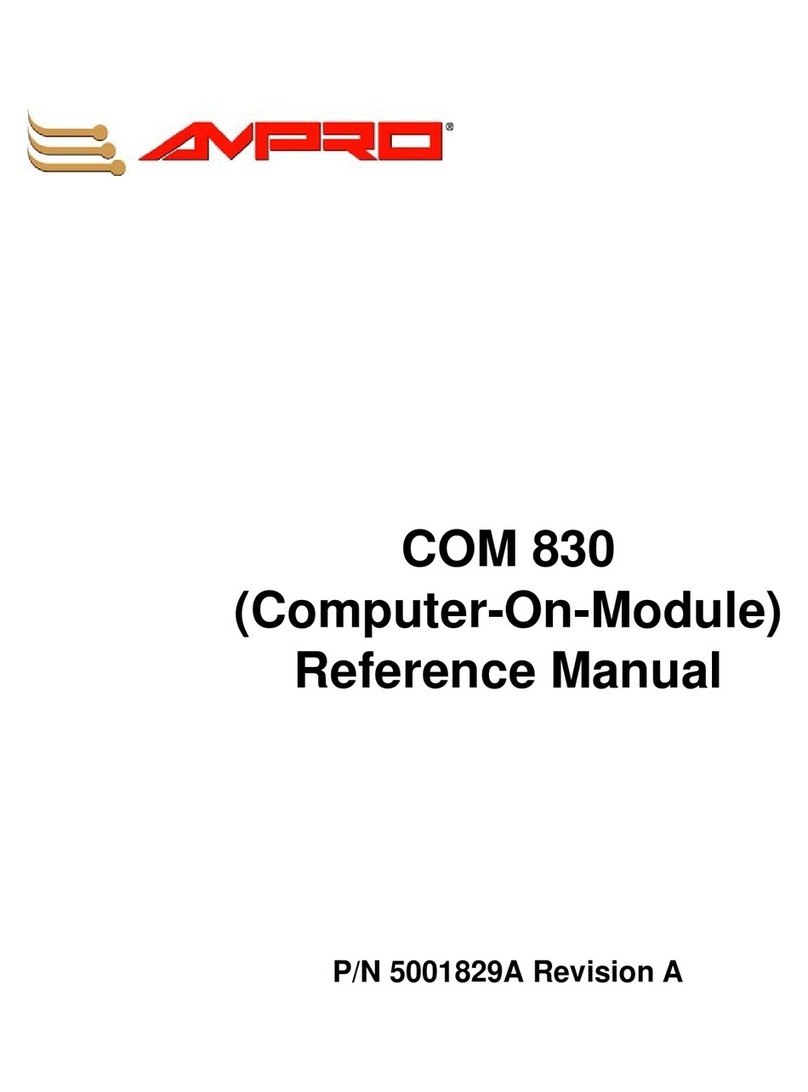
MightyBoard 821 Reference Manual iii
Contents
Chapter 1 About This Manual ....................................................................................................1
Purpose of this Manual ....................................................................................................................1
References ......................................................................................................................................1
Chapter 2 Product Overview......................................................................................................3
MightyBoard Architecture.................................................................................................................3
Product Description..........................................................................................................................4
Board Features ..........................................................................................................................4
Block Diagram ............................................................................................................................7
Major Components (ICs).............................................................................................................7
Connector and Header Definitions..............................................................................................9
Additional Components.............................................................................................................10
Jumper Definitions ....................................................................................................................11
Specifications.................................................................................................................................11
Power Specifications ................................................................................................................11
Environmental Specifications....................................................................................................12
Thermal/Cooling Requirements ................................................................................................12
Physical Specifications .............................................................................................................13
Mechanical Specifications ........................................................................................................13
Chapter 3 Hardware .................................................................................................................15
Overview ........................................................................................................................................15
Interrupt Channel Assignments ................................................................................................16
Memory Map ............................................................................................................................16
I/O Address Map ......................................................................................................................17
Serial Interfaces ............................................................................................................................18
Keyboard/Mouse Interfaces ...........................................................................................................20
Keyboard Interface ...................................................................................................................20
Mouse Interface ........................................................................................................................21
USB Interfaces...............................................................................................................................21
USB 2.0 Support.......................................................................................................................21
Legacy USB Support ...............................................................................................................21
USB4 and USB5 .......................................................................................................................21
Audio Interface ..............................................................................................................................22
Video Interfaces .............................................................................................................................22
LVDS Interface ........................................................................................................................23
Utility Interface ..............................................................................................................................24
External Power-On Switch........................................................................................................24
External Reset Switch...............................................................................................................24
External Speaker (Beep) .........................................................................................................24
External Power-On LED ...........................................................................................................24
External IDE Activity LED .........................................................................................................24
Miscellaneous ................................................................................................................................25
Real Time Clock (RTC) ............................................................................................................25
External Battery (BT1) ..............................................................................................................25
Temperature Monitoring ..........................................................................................................25
User GPIO Signals (J8) ............................................................................................................25
Ethernet External LED ..............................................................................................................26
Serial Console ..........................................................................................................................26
